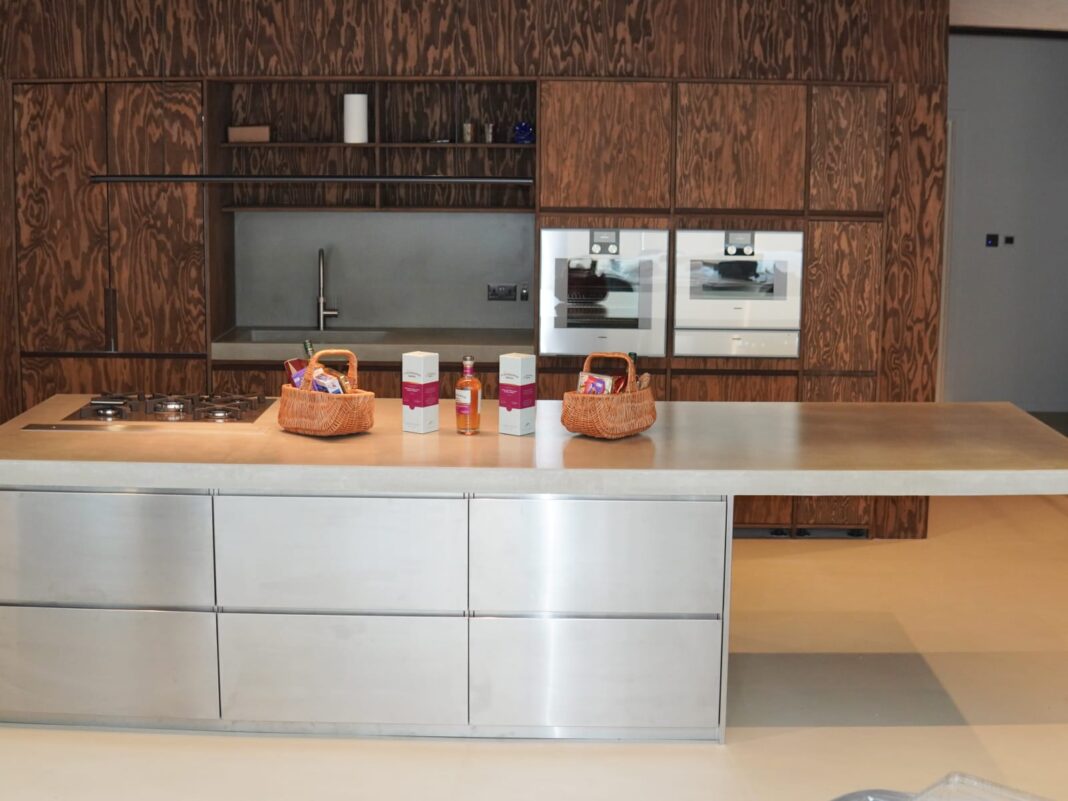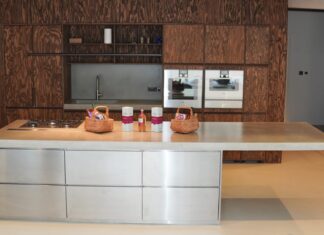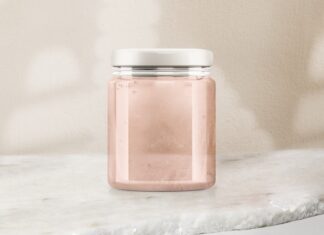For decades, concrete has been predominantly associated with robust architectural structures and urban environments. However, recent years have seen this versatile material finding its way into interior spaces, bringing with it a blend of industrial aesthetics and contemporary elegance. Among its applications, concrete worktops have become a celebrated centrepiece in many kitchens. Crafting the perfect concrete worktop is not just a construction task, but an art form. Let’s explore the process and nuances of this craft.
The Foundations of a Great Concrete Worktop
Choosing the Right Mix
The secret to a durable and visually appealing concrete worktop begins with the mix. While a standard concrete mix can be used, many artisans opt for a mix with higher amounts of sand, reducing large aggregates. This results in a smoother finish, essential for kitchen surfaces.
Additives and Pigments
Modern concrete worktops are not restricted to the classic grey. Additives and pigments can be mixed into the concrete to achieve a variety of colours, from earthy browns to vibrant blues. Some artisans even incorporate materials like recycled glass or metal shavings for a unique finish.
Moulding the Masterpiece
Design and Measurements
Before the concrete is poured, a mould is prepared based on the kitchen’s dimensions. Precision is key; the mould defines the shape, thickness, and features such as inbuilt sinks or drainage channels.
Pouring and Setting
Once the mould is ready and coated with a release agent, the concrete mix is poured. Air bubbles, which can cause imperfections, are removed using a variety of techniques, from tapping the sides of the mould to using specialised vibration tables. The concrete is then left to set, typically for several days.
Finishing Touches
Sanding and Polishing
After de-moulding, the surface is sanded to remove any imperfections and achieve the desired level of smoothness. Depending on the artisan’s vision and homeowner’s preferences, the worktop can be polished to a high-gloss finish or left matte.
Sealing the Surface
Concrete is naturally porous, making it susceptible to stains in a kitchen environment. To counter this, the worktop is sealed using a food-safe sealing agent. This not only protects the concrete from stains and spills but also enhances its appearance, highlighting the colour and any embedded materials.
Integrating with Kitchen Design
The versatility of concrete means it can complement a wide range of kitchen styles. Whether it’s a rustic farmhouse kitchen with wooden cabinets or a sleek, modern design with stainless steel appliances, a concrete worktop can seamlessly fit in, often becoming a statement piece.
The Longevity and Care
A well-crafted concrete worktop is not just about aesthetics; it’s built to last. With proper care, like wiping spills promptly and using cutting boards, the worktop can remain pristine for years. Periodic resealing might be required, depending on usage and the type of sealant used.
In Conclusion
The art of crafting a concrete worktop is a meticulous process, combining technical skill with creative vision. When done right, it offers a durable, functional, and stunning surface that can elevate the aesthetics of any kitchen. As homeowners seek bespoke design solutions, concrete worktops stand out as a testament to the fusion of artistry and function.












